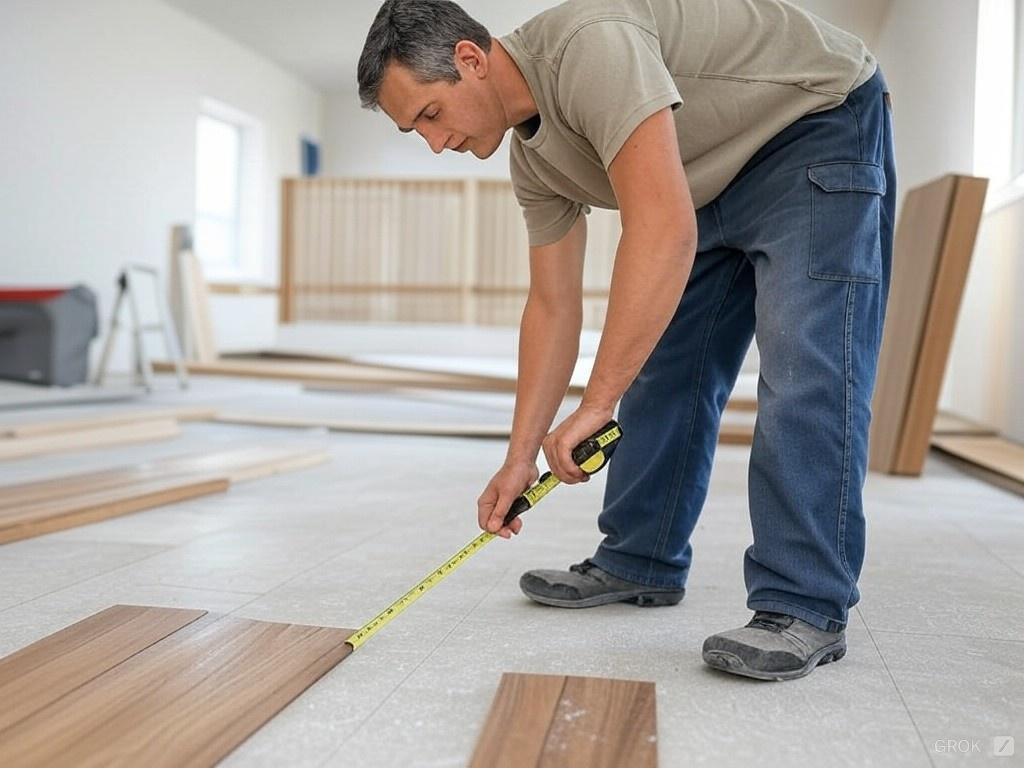Contents
- Introduction to Linear Feet and Their Importance
- Key Applications of “Linear Feet Measurement”
- Step-by-Step Guide: “How to Calculate Linear Feet”
- 3.1 Measure the Length of a Single Object
- 3.2 Calculate Total Linear Feet for Multiple Pieces
- Tools for Accurate “Linear Feet Calculation”
- Common Mistakes to Avoid
- Linear Feet vs. Square Feet: What’s the Difference?
- FAQs About “Calculating Linear Feet”
- Conclusion
How to Calculate Linear Feet
Whether you’re installing flooring, building a fence, or ordering materials for a project, understanding how to calculate linear feet is essential for budgeting and avoiding waste. Unlike square feet (which measure area) or cubic feet (which measure volume), a linear foot is a one-dimensional measurement of length. In this guide, we’ll break down the process, tools, and applications of “linear feet measurement” to simplify your next project.
1. Introduction to Linear Feet and Their Importance
A linear foot is a straight-line measurement of 12 inches, regardless of width or height. This unit is widely used in construction, shipping, and retail (e.g., pricing for lumber, pipes, or fabric). Knowing how to calculate linear feet helps you:
- Accurately estimate material costs.
- Avoid over-ordering supplies.
- Compare pricing from vendors.
2. Key Applications of “Linear Feet Measurement”
Linear feet are critical in projects like:
- Flooring: Carpet, vinyl planks, or hardwood sold by length.
- Fencing: Calculating posts, rails, or panels.
- Lumber: Buying boards, beams, or trim.
- Shipping: Freight costs based on container length.
3. Step-by-Step Guide: “How to Calculate Linear Feet”
3.1 Measure the Length of a Single Object
- Use a tape measure or laser measurer to determine the length of the item in inches.
- Convert inches to feet: Divide the total inches by 12.
- Example: A 96-inch countertop = 9612=81296=8 linear feet.
3.2 Calculate Total Linear Feet for Multiple Pieces
For identical items:
- Measure one piece in linear feet.
- Multiply by the number of pieces.
- Example: 10 boards, each 6 feet long = 10×6=6010×6=60 linear feet.
For variable-length items:
- Measure each piece individually in inches.
- Convert all measurements to feet, then add them together.
- Example: Three pipes measuring 36”, 48”, and 60” = 3+4+5=123+4+5=12 linear feet.
4. Tools for Accurate “Linear Feet Calculation”
- Tape measure: Ideal for small-scale projects.
- Laser distance measurer: Efficient for large spaces.
- Linear feet calculator apps: Automate conversions (e.g., Calculatorsoup.com).
5. Common Mistakes to Avoid
- Ignoring unit consistency: Mixing inches and feet leads to errors.
- Forgetting to measure all pieces: Missing one item skews totals.
- Confusing linear feet with square feet: Remember, linear feet don’t account for width!
6. Linear Feet vs. Square Feet: What’s the Difference?
- Linear feet = Length only (e.g., a 10-foot rope).
- Square feet = Length × Width (e.g., a 10ft × 12ft room = 120 sq ft).
- Example: To buy flooring, you’ll need both measurements: linear feet for planks and square feet for room coverage.
7. FAQs About “Calculating Linear Feet”
Q: How do I calculate linear feet for a fence?
A: Measure the total perimeter length in feet. For example, a 100ft fence with 10 posts = 100 linear feet of fencing.
Q: Is a linear foot the same as a regular foot?
A: Yes! “Linear” simply clarifies that it’s a straight-line measurement.
Q: Can I convert square feet to linear feet?
A: Only if you know the width. Formula: Linear Feet=Square FeetWidth (in feet)Linear Feet=Width (in feet)Square Feet.
Conclusion
Mastering how to calculate linear feet is a game-changer for DIY projects, construction, and budgeting. By measuring accurately, using the right tools, and avoiding common pitfalls, you’ll save time, money, and frustration. Always double-check your calculations and consult professionals for complex projects. With this guide, you’re ready to tackle any task that requires precise “linear feet measurement”!













